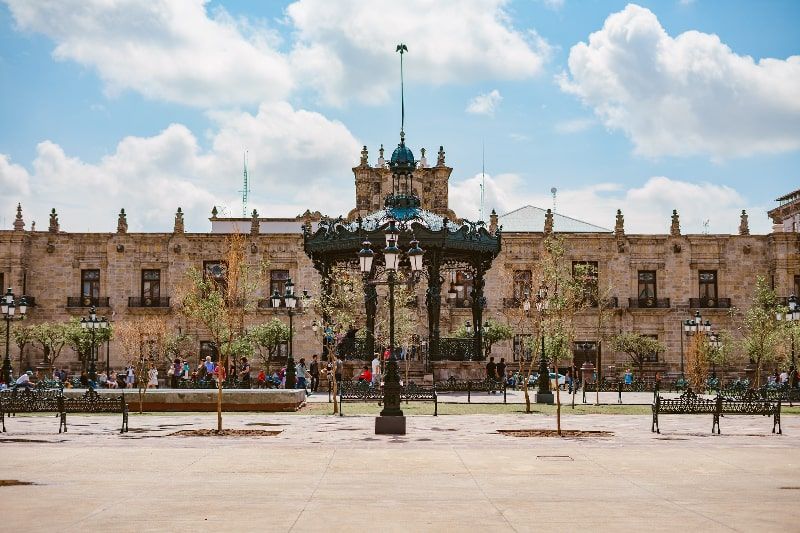The City of Guadalajara: The Pearl of Western Mexico
Guadalajara is a majestic city of monuments, parks, flowers, fountains, and trees lining its avenues, a lively city with a subtle appeal that keeps the first-time visitor entertained for weeks.

Guadalajara is the capital of the state of Jalisco and the second most populated and important city in Mexico, internationally famous for being the birthplace of mariachi, and tequila and for having one of the richest handicraft centers in the country, Tlaquepaque.
The pearl of western Mexico is a majestic city of monuments, parks, flowers, fountains, and trees lining its avenues, a lively city with a subtle attraction that keeps the first-time visitor entertained for weeks.
The rich heritage of colonial Mexico is evident everywhere, with its enormous cathedral, the symbol of the city, standing out. Tlaquepaque and Tonalá are located on the outskirts of the city, both towns are world-famous for the quality and variety of their handicrafts. The average temperature in Guadalajara is 19.2ºC.




